Native texts discovered in a remote church in Mexico belong to an ancient sacred tradition
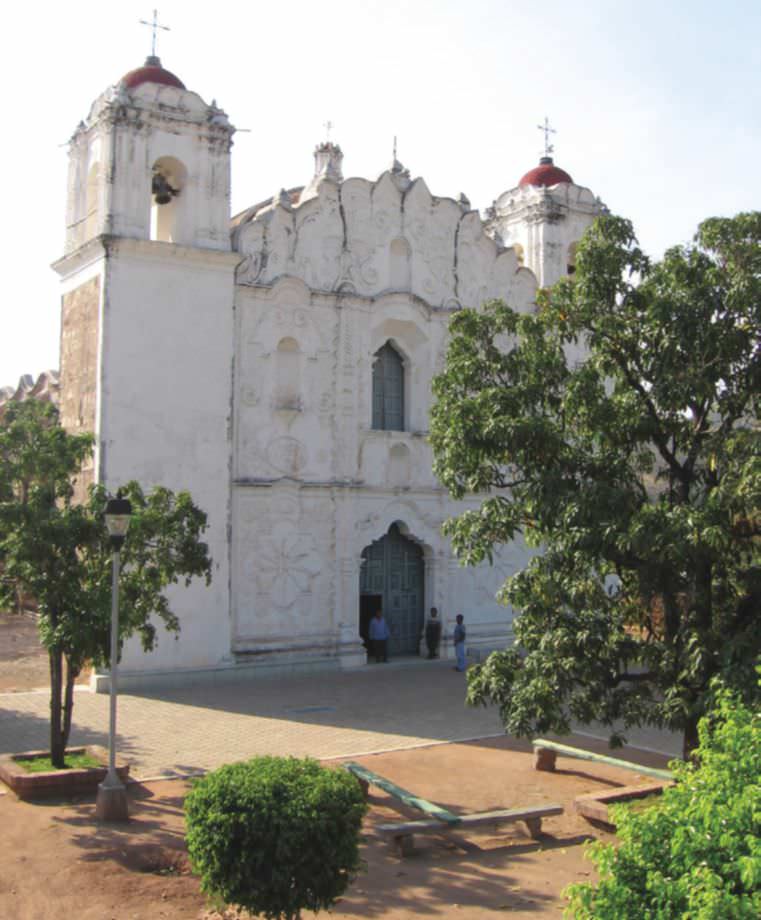
LYING IN THE FOOTHILLS of the Sierra Madre del Sur mountains of southeastern Oaxaca, the remote town of San Bartolo Yautepec is home to about 700 people. Some still speak the native Zapotec language, and many women in the town maintain a strong link to the past by creating textiles—widely admired throughout Mexico and beyond—using traditional weaving techniques. The town’s eighteenth-century church remains an important center of community life.
In 2001, musician Cicely Winter, director of the Institute of Oaxacan Historic Organs, led a delegation to inspect the church’s nineteenth-century pipe organ. While photographing and measuring the instrument, she noticed two wooden boxes with elegant old iron locks stored nearby. “We asked the local authorities what was in the boxes,” says Winter, “but nobody knew and there were no keys for the locks.” The community leaders decided to use a hammer to prize the nails out of the back hinges of the boxes, which proved to be full of documents. One contained loose sheets of nineteenth-century religious music, as well as band music and popular songs dating to as late as the 1960s.
In the other were documents of an entirely different character. “We wanted to whoop for joy,” says Winter. What they had discovered was an extraordinary trove of bound manuscripts of seventeenth-century Gregorian chants and Latin liturgies. Upon closer inspection, Winter noticed that one book of chant scores was bound with two fragments of a still older manuscript. Placed upside down and facing the last page of finely copied musical notations, the deerskin parchments were painted with two rows of once-vibrant symbols and depictions of human figures—remnants of a sacred book belonging to a tradition that predated the Spanish conquest by hundreds of years.
This story is from the September/October 2018 edition of Archaeology.
Start your 7-day Magzter GOLD free trial to access thousands of curated premium stories, and 8,500+ magazines and newspapers.
Already a subscriber ? Sign In
This story is from the September/October 2018 edition of Archaeology.
Start your 7-day Magzter GOLD free trial to access thousands of curated premium stories, and 8,500+ magazines and newspapers.
Already a subscriber? Sign In
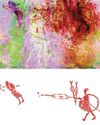
A Very Close Encounter
New research has shown that human figures painted in red on a rock art panel in central Montana depict individuals engaged in a life-or-death encounter during an especially fraught historical moment.
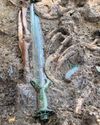
A Sword for the Ages
A zigzag pattern, now tinged with the green-blue patina of oxidized metal, adorns the octagonal hilt of a rare sword dating to the Middle Bronze Age in Germany (1600-1200 B.C.) that was recently excavated in the Bavarian town of Nördlingen.
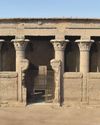
Ancient Egyptian Astrology
For centuries, layers of soot have coated the ceilings and columns in the entrance hall of Egypt's Temple of Esna. Now, an Egyptian-German team of researchers, led by Hisham El-Leithy of the Egyptian Ministry of Tourism and Antiquities and Christian Leitz of the University of Tübingen, is restoring the temple's vibrant painted reliefs to their original brilliance.

BRONZE AGE POWER PLAYERS
How Hittite kings forged diplomatic ties with a shadowy Greek city-state
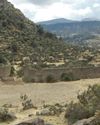
RITES OF REBELLION
Archaeologists unearth evidence of a 500-year-old resistance movement high in the Andes

Secrets of Egypt's Golden Boy
CT scans offer researchers a virtual look deep inside a mummy's coffin

When Lions Were King
Across the ancient world, people adopted the big cats as sacred symbols of power and protection

UKRAINE'S LOST CAPITAL
In 1708, Peter the Great destroyed Baturyn, a bastion of Cossack independence and culture

LAPAKAHI VILLAGE, HAWAII
Standing beside a cove on the northwest coast of the island of Hawaii, the fishing village of Lapakahi, which is surrounded by black lava stone walls, was once home to generations of fishers and farmers known throughout the archipelago for their mastery of la'au lapa'au, or the practice of traditional Hawaiian medicine. \"

A MORE COMFORTABLE RIDE
Although the date is much debated, most scholars believe people 5,000 years ago. For thousands of years after that, they did so without saddles. \"In comparison with horse riding, the development of saddles began relatively late, when riders began to care more about comfort and safety in addition to the horse's health,\" says University of Zurich archaeologist Patrick Wertmann.